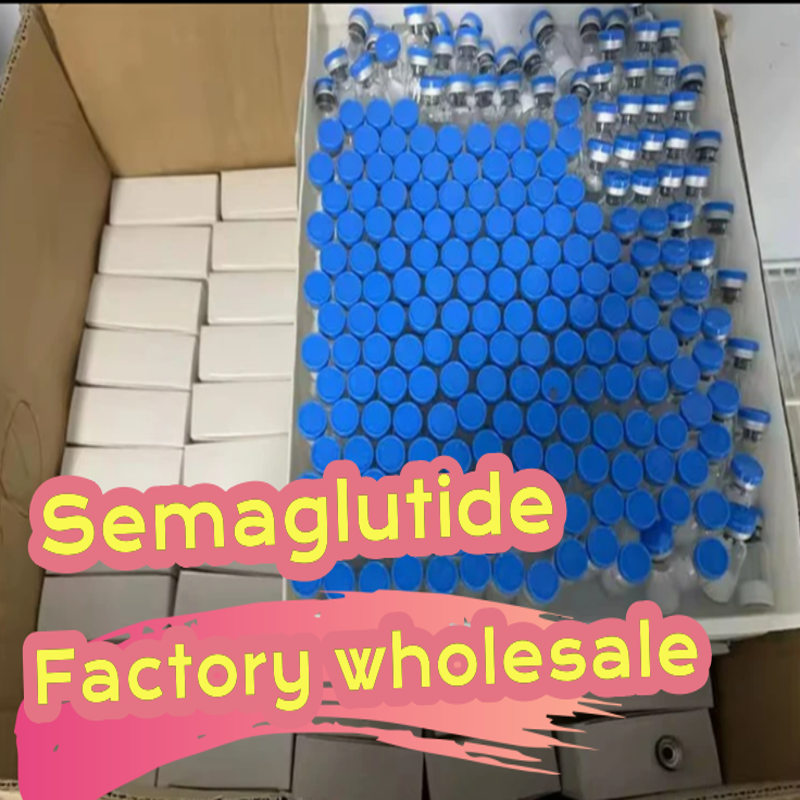The discovery of endogenous proteins in Canglong fossils 70 million years ago
-
Last Update: 2013-07-23
-
Source: Internet
-
Author: User
Search more information of high quality chemicals, good prices and reliable suppliers, visit
www.echemi.com
One of the world's best preserved fossils of Canglong's skull (fossil net / Penguin paraphrase) Swedish researchers found an endogenous protein ( One of the best preserved skull fossils of Canglong in the world Swedish researchers found endogenous protein in the fossil of Mosasaur, a reptile that lived in Late Cretaceous 70 million years ago It is not easy to find protein molecules in the bone fibers of such ancient fossils, and it is of great scientific significance Canglong is an extinct marine reptile, which lived in the late Cretaceous from about 100 million to 65 million years ago The team members include J Lindgren, P Uvdal, a Engdahl and others They found that the protein preserved in Canglong fossil is type I collagen, a structural protein (collagen is an extracellular protein, which is the most abundant protein in bone) It's not easy to find protein material in fossils Moreover, the fossils have been buried for more than 70 million years, so scientists have used synchrotron radiation-based infrared microscopy for this purpose Microspectroscopy) was used to find amino acids in the bone fibers of Canglong fossils At the same time, mass spectrometry and amino acid analysis were carried out Other research groups have previously discovered peptides derived from collagen in dinosaur fossils through mass spectrometry of whole bone extracts The evidence provided by this study is more convincing The substances found are determined to be protobiomolecules, rather than modern bacterial contamination or collagen like misanalysis In addition, the discovery also shows that the preservation of primary soft tissues and endogenous biomolecules is not only limited to large bone fossils buried in fluvial sandstone environment, but also can be preserved in relatively small bone fossils in marine sediments (compiled by uua.cn)
This article is an English version of an article which is originally in the Chinese language on echemi.com and is provided for information purposes only.
This website makes no representation or warranty of any kind, either expressed or implied, as to the accuracy, completeness ownership or reliability of
the article or any translations thereof. If you have any concerns or complaints relating to the article, please send an email, providing a detailed
description of the concern or complaint, to
service@echemi.com. A staff member will contact you within 5 working days. Once verified, infringing content
will be removed immediately.







